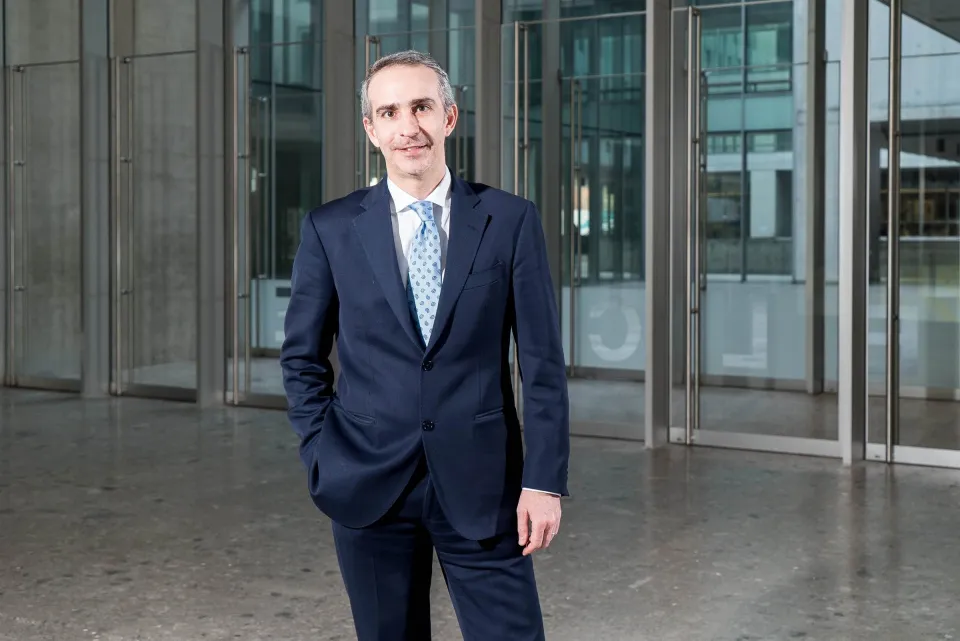
The Climate Waits for No One
First of all, the overwhelming majority of scientists claims that climate change is caused by greenhouse gas emissions, about three-quarters of which consists of carbon dioxide. The same scientists also tell us that over the past 170 years, human activities have increased the concentration of CO₂ in the atmosphere by 47% compared to pre-industrial levels observed in 1850. The World Meteorological Organization estimated that carbon dioxide is accumulating faster than at any time in human history, with concentrations having risen by more than 10% in just two decades. Planet-heating pollutants in atmosphere hit record levels in 2024: 430 ppm for CO2, which is getting dangerously close to 450ppm. The latter is the widely accepted benchmark for limiting warming to a manageable level, because exceeding it is believed to significantly increase the likelihood of severe and potentially irreversible climate impacts, such as rising sea levels, extreme weather events and disruptions to global food supplies.
The level of pollution is 51% greater than before the Industrial Revolution, when people began to burn large amounts of coal, oil and fossil gas. CO₂ concentration in the atmosphere is rising mainly due to the use of fossil fuels — such as gas, oil and coal — for energy uses. In fact, over two-thirds of greenhouse gas emissions stem from energy production and consumption. That is why it is so crucial to focus on all those sectors, such as energy and transportation, that rely heavily on fossil fuels. Moreover, we know that for over a decade, the transport sector — especially road transport — has been the leading source of greenhouse gases in advanced economies like the United States, the European Union and the United Kingdom.
While natural variability plays some part, the scientific evidence clearly indicates that human activities (especially emissions of heat-trapping GHGs) are mostly responsible for making our planet warmer: air temperatures on Earth have been rising since the Industrial Revolution. Indeed, according to NASA, the average global temperature on the planet has increased by at least 1.1°C (1.9°F) since 1880. The last 10 years have been the warmest 10 years on record. The majority of the warming has occurred since 1975, at a rate of about 0.15-0.20 °C per decade. Global surface temperatures set a new record in 2024, surpassing the record set in 2023. It was unambiguously the warmest year since records began in the mid-1800s. 2024 was by far warmer than any year prior to 2023. 2024 also became the first year with an average temperature clearly exceeding 1.5°C above the pre-industrial level, i.e. the threshold set by the Paris Agreement to significantly reduce the risks and impacts of climate change.
This bad news notwithstanding, there are good reasons to be optimistic. First of all, more and more companies across different sectors — pressured by both investors and consumers — have begun a genuine “green” transition, adopting behaviors and technologies aimed at reducing greenhouse gas emissions. Another encouraging sign is that we already know which technological and economic solutions are needed to slow and mitigate the most dramatic effects of climate change. Consider the use of renewable energy sources and electric vehicles on the one hand, and carbon pricing or incentives for low-emission technologies on the other.
Both factors, coupled with targeted climate policies, have already had an impact on the economy. Indeed, economic growth has been closely tied to a rise in GHG emissions through most of modern economic history. However, with steady improvements in the energy intensity of economic growth (i.e. less energy is required to produce an additional unit of global GDP) and, more recently, a dramatic rise in clean energy deployment, there has been a growing divergence between GDP growth and CO2 emissions in most economies around the world. In advanced economies, continued growth in GDP has been accompanied by a peak in CO2 emissions in 2007, followed by a decline. In many emerging and developing economies, the trajectories of CO2 emissions and GDP growth have also started to diverge.
In this respect, the European Union has long been a leader in climate issues, achieving remarkable goals: today, 47% of Europe’s electricity is produced from renewable energy.
However, no climate and energy policy will be sufficient unless supported by consistent actions and behaviors from businesses and citizens alike, because empirical evidence (e.g. rising average temperatures) shows us that climate change has already been underway for some time — and, unfortunately, some of its effects are irreversible. We still have time, though relatively little, to slow down climate change and prevent its most dramatic consequences. Because we must — and can — change now, if we want to limit the worst impacts of climate change across the world in the coming decades.







